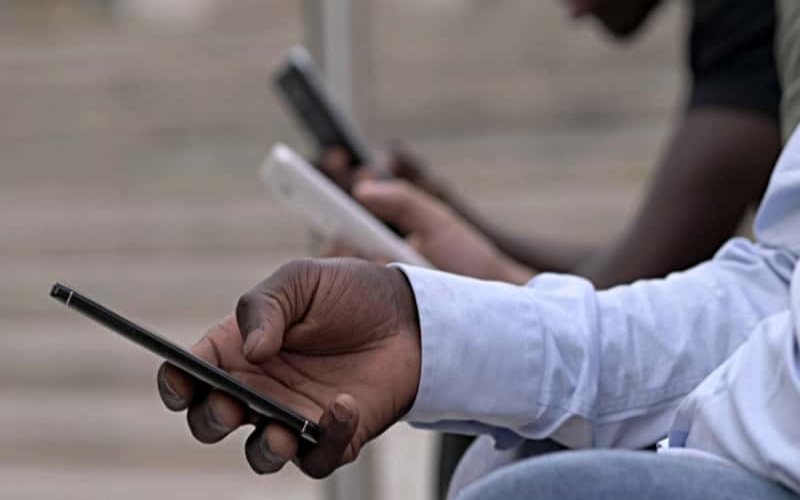Using the borrowing tool. Every second, Safaricom processes six transactions or 492,480 overdraft requests per day to bail out borrowers.
Safaricom now processes about six loan applications on its Fuliza loan product per second, making it a profit machine for the region’s most profitable company.
In the 2020 financial year, Safaricom disbursed loans amounting to Sh245 billion through Fuliza. This is a growth of more than 10 times over the same period in the previous year, when Kenyans borrowed Sh29 billion, according to the company’s latest sustainability business report. Read More
Kenyans have in the recent past resorted to the overdraft facility to make ends meet in the wake of the Covid-19. Overall, transactions stood at 392 million, up from 46 million in the previous financial year, with the number of customers registered on Fuliza now standing at 20 million, up from 10.7 million in 2019.
Safaricom launched Fuliza last year as an overdraft facility that allows consumers to complete M-Pesa transactions even with insufficient funds in their mobile wallets.
“The traction that the popular facility had from its launch in January 2019 continued through the period under review with strong growth in both the number of customers and volume of disbursements,” explains the firm in its report.
The exponential growth recorded on the facility charts the months many Kenyans experienced disruption of their economic activities . It surpasses previous projections by analysts.
In March 2019, Sterling Capital Ltd projected that Safaricom’s Fuliza customers will borrow up to Sh200 billion in one year, generating Sh21 billion in revenues for the firm and two million new customers.
Peter Ndegwa , the Safaricom chief executive, said the company has provided a crucial lifeline to subscribers following the outbreak of the pandemic.
“Since March, a good number of Kenyans have worked from home and during this time, Safaricom’s team has ensured our products and services keep our customers connected to their families and livelihoods,” he said.
According to the report, the telco has 142,000 residential homes connected to its fibre optic network, a 32 per cent increase from last year. The firm also recorded a 23 per cent jump in smartphones on its network, with 15 million people now using the devices.The number of businesses and enterprise buildings connected to its fibre network stood at 3,960 and 11,911 respectively, representing a 63 per cent and 99 per cent growth as demand for connectivity increased.“We have revamped all monthly plans to […]
